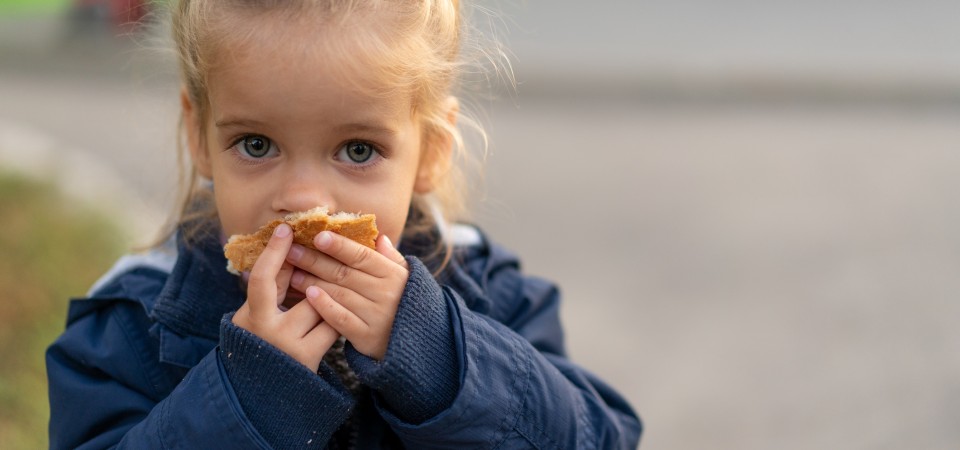Constituencies with the highest child poverty rates in the UK include Birmingham Ladywood, Bradford West and Leeds South.
In the North of England, the West Midlands and in Wales, around nine out of ten constituencies having a child poverty rate higher than one in four.
In contrast, in Scotland the prevalence of high rates of child poverty is much lower, with only around a third of constituencies having a child poverty rate of 25% or more.
The annual analysis by the Centre for Research in Social Policy, at Loughborough University, looks at poverty rates after housing costs, which is seen as a more accurate assessment of family income.
The UK Government release data that shows poverty levels before housing costs are calculated.
The report also finds that there is a an “extremely high correlation” between the two-child limit to Universal Credit policy and the proportion of children in poverty in each constituency.
Lead author Dr Juliet Stone, of CRSP, said: “These latest statistics provide even more evidence to suggest that punitive polices like the two-child limit are contributing to child poverty across the UK.
“Many families affected are in work, with no straightforward way to increase their income.
“Removing the two-child limit must be front and centre of the child poverty strategy to ensure that all children are able to live in households with enough income to allow a decent standard of living.”
Dan Paskins, vice-chair of the End Child Poverty Coalition and Executive Director of Policy, Advocacy and Campaigns, said: “Each year this data presents a bleak picture of life for the UK’s children. A record number are now in poverty and it’s under the noses of our MPs, particularly Cabinet members. Eighty percent of Keir Starmer’s Cabinet represent constituencies with higher than average child poverty rates.
“The time for action is now, and the Comprehensive Spending Review, and forthcoming child poverty strategy should involve bold action.
“Due to the analysis’ finding a strong correlation between child poverty rates in local areas and the number of children impacted by the two-child limit to Universal Credit, it is essential this policy is scrapped as soon as possible.”
Across the UK, 31% of children in the UK are living in relative poverty, which equates to 4.5 million children with the best available data for the financial year 2023-24. Overall, 42% of constituencies have a higher than average poverty rate.
That includes the Prime Minister, Keir Starmer’s constituency Holborn and St Pancras with a child poverty rate at 47%.
Other Cabinet members, Secretary of State for Justice, Shabana Mahmood, Northern Ireland Secretary, Hilary Benn, Foreign Secretary David Lammy, and Pat McFadden, Lord Chancellor, all have child poverty rates of over 40%.
The UK Government has promised to deliver a Child Poverty Strategy and drive down child poverty across the UK.
Liv, 19, from Liverpool, who is an End Child Poverty Coalition Ambassador, said: “Growing up in poverty is relentless, and it’s never just about money - it is about isolation, shame, and missed opportunities.
“A proper government strategy on child poverty could give us hope. It shows that our experience is heard, and that there’s a commitment to building a fairer society where no child has to grow up feeling less than others just because of their circumstances.”
ENDS
